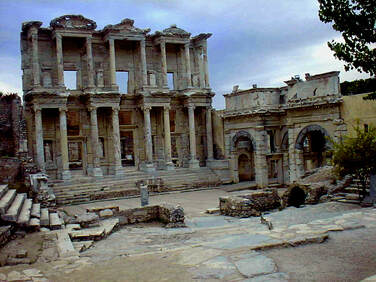
Private Tours of Ephesus and Western Turkey with the best local licensed tour guides. Private Shore Excursions from Kusadasi Port and Izmir Cruise Port. Private Transfers. Private Tour Guide Services for Ephesus. Ephesus Walking Tours. Private Ephesus Tours from Kusadasi, Selcuk, Izmir, Alacati, Cesme, Sirince, Pamukkale Hotels.
Discover Ephesus and Top Destinations in Western Turkey with an experienced tour guide and a TripAdvisor Winner for 11 consecutive years.


